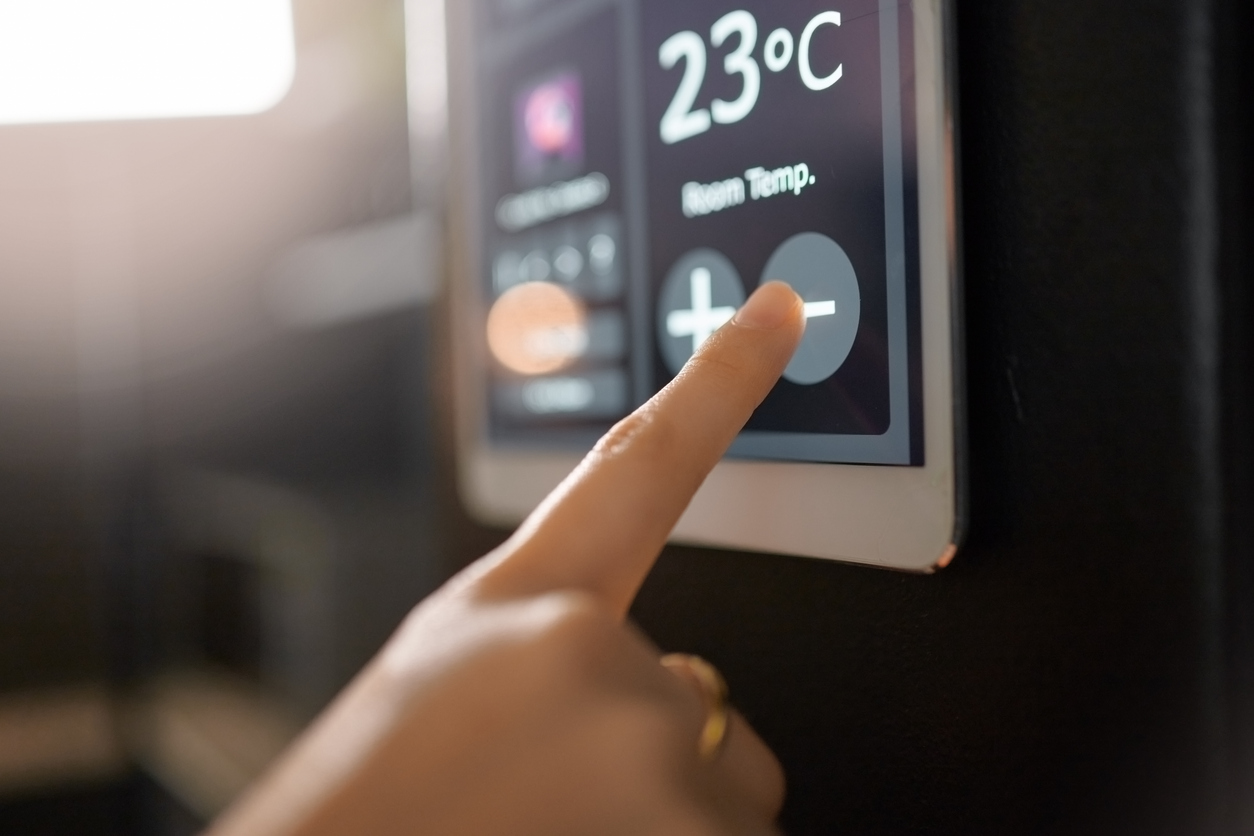What if your HVAC system could anticipate failures and fix itself before you even knew there was a problem? Sound like sci-fi? Think again. Artificial intelligence (AI) is no longer just playing chess or writing poetry—it’s revolutionizing HVACR systems by transforming them into proactive, self-optimizing workhorses that deliver unparalleled efficiency, reliability, and sustainability.
From Reactive to Proactive: Smarter Systems, Better Outcomes
At the heart of this revolution lies the seamless convergence of AI, machine learning, IoT sensors, and intelligent controls. These technologies are turning traditional HVACR systems into self-aware ecosystems that diagnose potential issues, predict failures, and optimize operations—all in real time.
Here’s how it works: Machine learning algorithms sift through a flood of data generated by sensors—tracking temperature, humidity, energy consumption, vibrations, and even mechanical stress. Subtle anomalies, like a spike in energy use or an unusual hum in the system, are analyzed as warning signs. With predictive diagnostics, these issues are flagged before they escalate into costly breakdowns. The result? Fewer disruptions, lower energy bills, and a system that gets smarter with every cycle.

Real-World Proof: The Systems That Learn and Adapt
This isn’t just theoretical. Companies like Johnson Controls are already leading the charge with platforms like OpenBlue. Take their AI-enhanced chillers, for example. These systems don’t just respond to changes—they predict them. By dynamically adjusting to external conditions, they optimize energy use, reduce wear and tear, and improve overall reliability.
Let’s look at a case in point: A corporate campus adopted an AI-driven HVACR system and saw remarkable results:
- 25% reduction in energy costs
- 40% fewer unplanned maintenance events
This isn’t incremental progress—it’s a paradigm shift. AI-driven HVACR systems are redefining facility management and reshaping operational efficiency.
Why It Matters: The Bottom-Line Benefits of AI-Driven HVACR
The case for AI is compelling, and it’s not just about keeping occupants comfortable. The advantages resonate with both CFOs crunching budgets and sustainability leaders chasing ESG goals:
- Energy Efficiency: AI algorithms continuously fine-tune operations, slashing energy consumption by up to 30%. That’s not pocket change—it’s the future of energy savings.
- Lower Maintenance Costs: Predictive diagnostics mean fewer unexpected breakdowns and extended equipment lifespans, cutting operational costs.
- Optimized Performance: These systems don’t just keep the air cool—they dynamically adapt to real-world changes, maintaining consistent comfort and efficiency.
In today’s era of rising energy prices, tightening regulations, and global sustainability mandates, AI isn’t a nice-to-have—it’s a must-have.
But Wait: What’s the Catch? (Hint: It’s Temporary)
Despite the game-changing potential of AI-driven HVACR, adoption isn’t without its hurdles:
- Upfront Costs: The initial investment can make CFOs hesitate.
- Workforce Training: Technicians and facility managers need new skills to interpret and operate AI-driven systems effectively.
- Legacy Systems: Integrating AI with aging infrastructure can be complex and costly.
But here’s the kicker: these challenges are fleeting. As AI technology becomes more accessible, affordable, and standardized, hesitation will give way to inevitability. In the race to reduce costs and boost sustainability, AI-driven systems will become table stakes.

The Road Ahead: HVACR That Predicts, Prevents, and Repairs
So, what’s next? Fully autonomous HVACR systems that don’t just fix problems—they prevent them. Picture systems that:
- Seamlessly self-diagnose and adjust to environmental or operational changes.
- Play a starring role in reducing carbon footprints and hitting global sustainability targets.
- Transform buildings into responsive ecosystems, adapting in real time to occupant needs and usage patterns.
These AI-driven systems will no longer “manage” indoor climates—they’ll redefine them. Imagine a building that’s truly alive, responding intelligently to its environment and occupants.
The Bottom Line: AI Isn’t the Future—It’s Now
For facility managers, building owners, and sustainability leaders, the message is clear: AI-driven HVACR isn’t about staying ahead of the curve. It’s about rewriting the entire playbook on how we design, operate, and optimize building systems.
We’ve entered the age of machines that learn, adapt, and evolve—and HVACR is ground zero for this transformation. The result? Smarter buildings, slashed costs, and a more sustainable future.
It’s not science fiction anymore. It’s just science—and a little intelligence.

